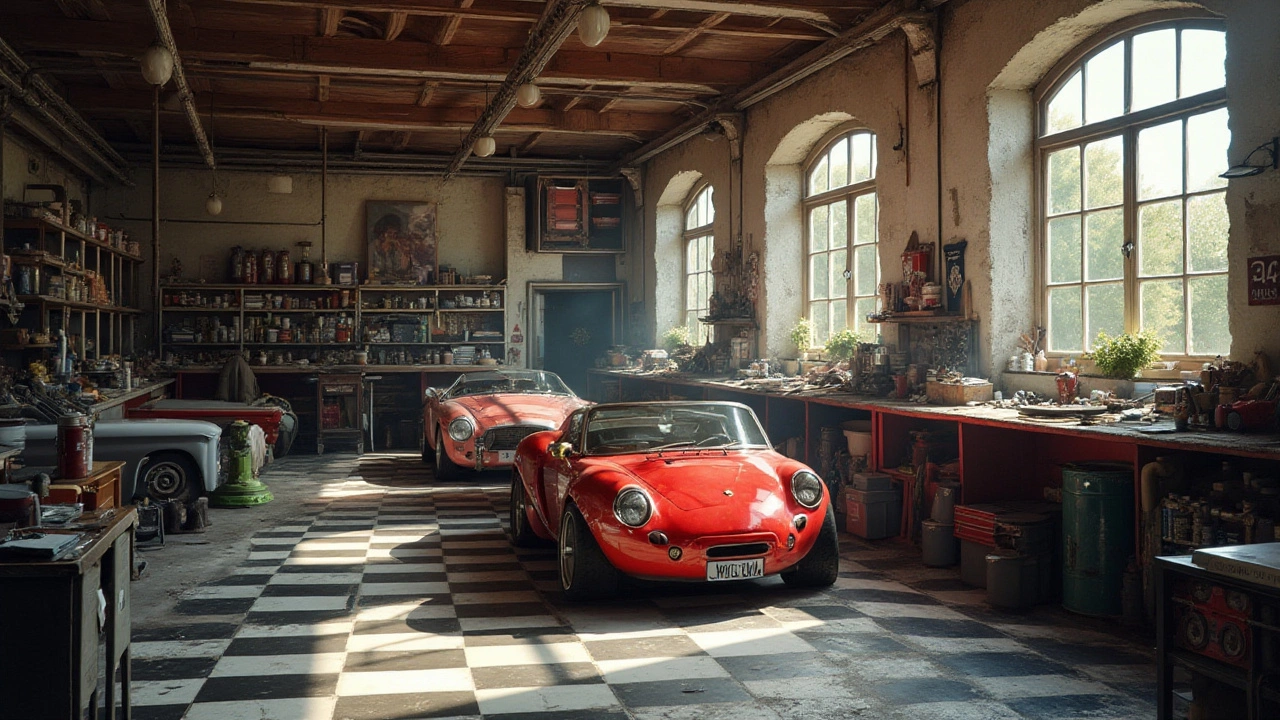Thinking about giving your car a whole new appearance without buying a brand‑new vehicle? A car body swap might be the answer. It’s basically taking the shell of one model and fitting it onto the chassis of another. People do it to stand out, to fit a specific style, or to turn a cheap platform into something eye‑catching. Below we break down the why, the how, and the what‑to‑watch‑out‑for so you can decide if it’s worth the effort.
First off, the look. Swapping a hatchback body onto a sedan chassis can give you a sportier silhouette without the price tag of a factory‑built sport model. Second, the project factor. Many hobbyists love the hands‑on challenge – it’s a way to learn welding, wiring, and alignment basics. Third, the resale angle. A well‑executed swap can add value if you target a niche market that craves that specific combo. Finally, regulation. In some regions a body swap can help you meet local emissions or safety rules by fitting a newer, cleaner shell onto an older frame.
1. Choose Compatible Platforms. Start with cars that share a similar wheelbase and mounting points. A common pairing is a Toyota Corolla body on a Mazda Demio chassis – the distances line up, saving tons of custom fabrication.
2. Gather Documentation. Get repair manuals, wiring diagrams, and chassis codes for both models. Knowing where bolts, mounts, and sensors sit will save you headaches later.
3. Strip Down Both Cars. Remove interiors, panels, and any components you won’t transfer. Keep the engine, transmission, and suspension of the donor car unless you plan to upgrade those too.
4. Fit the New Body. Raise the chassis on a lift, bring the new shell down, and line up the mounting points. You’ll likely need to cut, weld, or use custom brackets to match any differences.
5. Wire the Electronics. Modern cars have dozens of sensors. Map the old harness to the new body, splice where needed, and test all lights, airbags, and engine controls before sealing everything.
6. Align and Test. After bolting everything together, get a professional alignment. Take the car for a short drive to check brakes, steering feel, and any odd noises.
7. Get It Inspected. Most places require a road‑worthiness inspection after a major structural change. Have all paperwork ready – receipts for parts, photos of the work, and any engineering approvals.
That’s the basic flow. Every swap will have its quirks, but following these steps keeps the project from turning into a nightmare.
Now, let’s talk money. A simple swap can run between £2,000 and £5,000, depending on parts, labor, and the need for custom fabrication. If you’re doing most of the work yourself, you’ll save on labor, but expect to spend on tools, welders, and safety gear. Don’t forget registration fees – in the UK you’ll need to update the V5C to reflect the new body type, which can add extra cost.
Finally, safety. A poorly executed swap can affect crash performance, handling, and even cause electrical fires. Always use quality mounting hardware, keep the structural integrity of the original frame, and double‑check that airbags and seat belts work as intended. If you’re unsure about any step, bring a professional mechanic or chassis specialist into the mix.
Bottom line: a car body swap can turn an ordinary ride into a head‑turner, but it’s not a weekend project for most people. Do your research, pick compatible platforms, budget for unexpected parts, and never cut corners on safety. With the right plan, you’ll end up with a unique car that feels like something you built yourself – and that’s a rewarding feeling no showroom model can match.

Car enthusiasts often wonder if they can swap bodies on their vehicles. This article explores the feasibility of car body swaps, detailing what a body swap entails, the benefits of modifying a vehicle's appearance using body kits, and providing insights into the process. It includes tips for selecting the right body kit and discusses legal aspects to consider when customizing your ride.